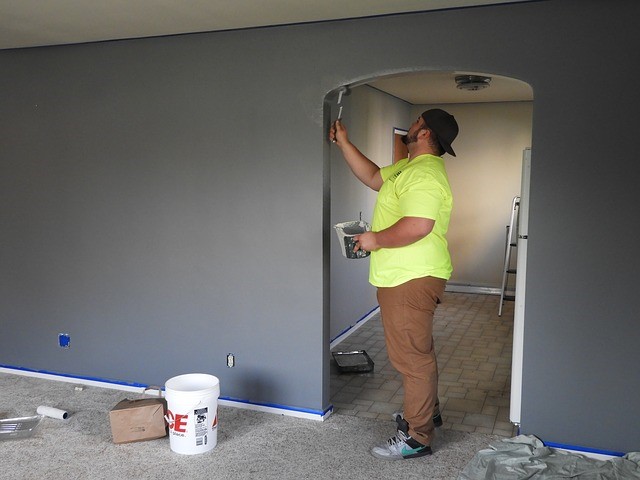Written by Patrick Young
For many seniors and individuals with a disability, taking on home-accessibility modifications can be overwhelming, especially if they’re expensive. It’s important, however, to make sure that your home is safe and comfortable and fulfills your needs, not just for the present, but the future as well. Whether you have mobility issues now or not, it’s a good idea to plan for the future to make sure your home will work for you.
There’s a lot to think about when tackling home modifications, not the least of which is the cost. You have to consider the timeline, hiring contractors, knowing the rules of any HOA or condo association, and everything that comes with aging in place or making your home a safe one for years to come. You’ll also want to make sure you set a budget and have all the financial details worked out before you get started.
Here are a few tips on how to make sure your home is the perfect place for you and your partner.
Know your financial options
Many seniors and people living with a disability qualify for grants and other forms of financial assistance when it comes to paying for home modifications, so do some research online to find out what sort of help you can receive. Check the laws in your state to make sure you qualify, and find out where to go for assistance. You can start by looking here and here.
Start simple
While there are many different types of home modifications, there may only be a few that are right for you. Create a list of projects you want to tackle, and start with the most simple one first. This could be anything from installing a ramp outside your home to making sure there are non-slip rubber mats on the bathroom floors. Every home modification is different, so choose the ones that are right for you. According to HomeAdvisor, the average cost of building a ramp for your home is between $877 and $2,630.
Know your rights
If you are an individual with a disability, it’s important that you know what your housing rights are. Whether you own your home or rent, you are entitled to certain home modifications (within reason), so do some research specific to the city you live in about how to get started. You can get some ideas here.
Consider mods for each room
Whether you have a disability or are a senior with limited mobility, you’ll want to take into consideration what your needs will be in each room. Bathrooms and kitchens are two of the most dangerous places in the home, so safety issues will need to be addressed. Is the flooring stable? Are you able to safely reach the things you need? In the living room, are the doorways wide enough? Having a wheelchair-accessible home may be essential when you’re living with a disability or could possibly have mobility issues in the future.
Taking on home-accessibility modifications is a big job, and it can be stressful if you aren’t prepared. Do some research online to educate yourself about the laws in your state and benefits of making changes to your home, and make sure you know the cost of any project before you take on.
Photo via Pixabay
Patrick created AbleUSA to offer resources to people with disabilities and offer advice about navigating various aspect of life.




